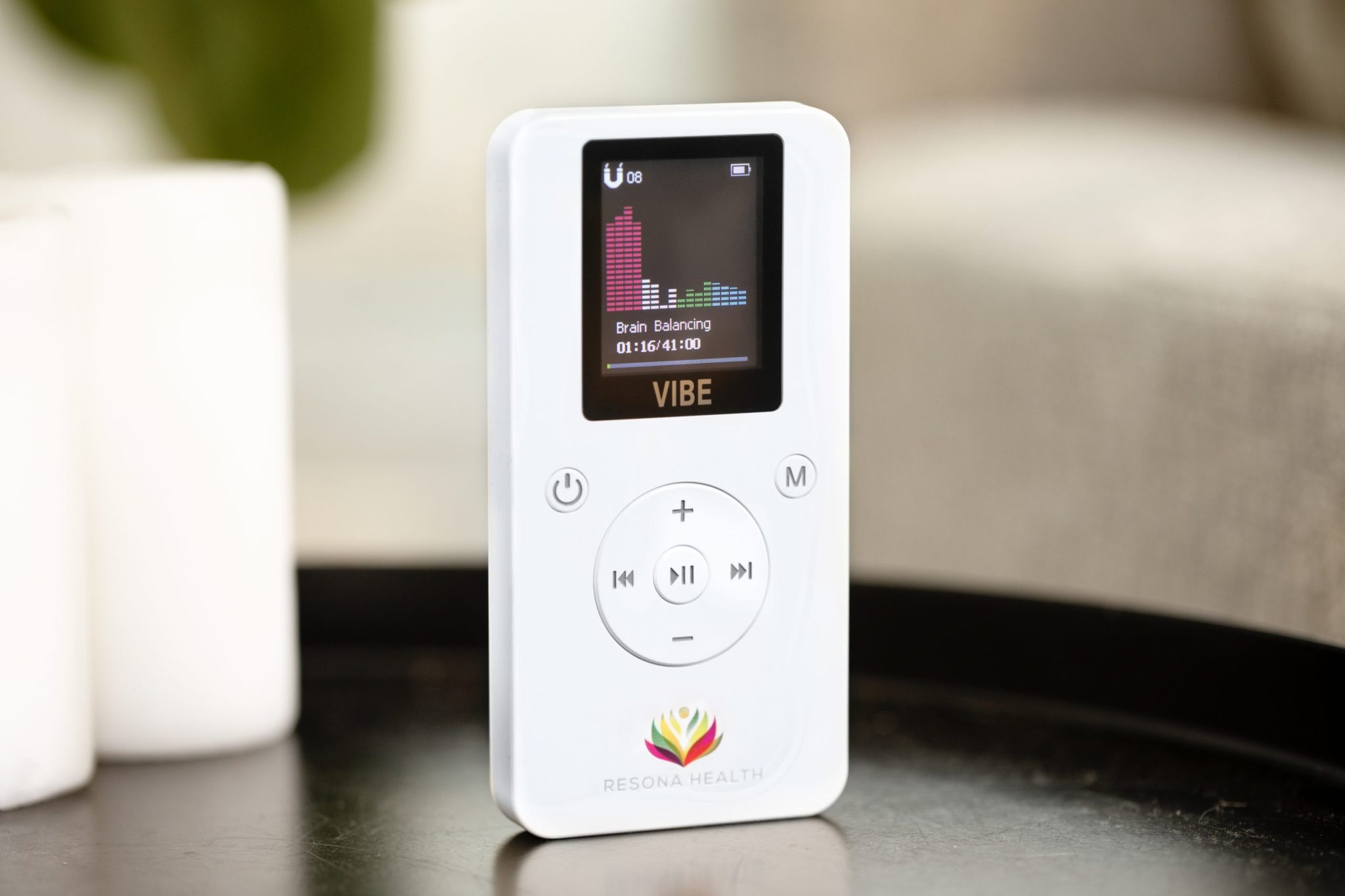The VIBE Alzheimer’s protocol has been developed over 35 years from 8000 practitioners and uses 40Hz extensively in the protocol.
MIT now agrees 40Hz is very promising for Alzheimer’s:
MIT’s research on 40 Hz stimulation and Alzheimer’s disease has yielded several key conclusions:
Promising Therapeutic Potential: Studies suggest that 40 Hz stimulation has promising therapeutic potential for Alzheimer’s disease. By externally inducing gamma oscillations at this frequency, researchers aim to improve cognitive function and potentially slow the progression of the disease.
Effects on Neural Activity: Research has shown that 40 Hz stimulation can modulate neural activity, particularly in brain regions associated with memory and cognitive function. This modulation may help restore aberrant neural circuits and synaptic plasticity observed in Alzheimer’s disease.
Preclinical Efficacy: Preclinical studies, including those conducted in mouse models of Alzheimer’s, have demonstrated positive effects of 40 Hz stimulation on memory, synaptic function, and amyloid-beta pathology. These findings support further exploration of this intervention in clinical settings.
Mechanistic Insights: MIT’s research has provided valuable insights into the underlying mechanisms by which 40 Hz stimulation may exert its therapeutic effects in Alzheimer’s disease. This includes effects on neural circuitry, synaptic plasticity, and clearance of amyloid-beta plaques.
Human Trials: MIT has been involved in human trials to assess the safety and efficacy of 40 Hz stimulation in individuals with Alzheimer’s disease. While results from these trials are still emerging, initial findings suggest potential benefits for cognitive function and disease progression. A pair of early-stage clinical studies testing the safety and efficacy of 40-hertz sensory stimulation to treat Alzheimer’s disease has found that the potential therapy was well-tolerated, produced no serious adverse effects, and was associated with some significant neurological and behavioral benefits among a small cohort of participants.
Conclusion
Overall, MIT’s studies on 40 Hz stimulation and Alzheimer’s disease highlight the importance of gamma frequency oscillations in cognitive function and the potential of targeted stimulation as a therapeutic approach for Alzheimer’s disease.
Most recently, in pilot clinical studies the team showed that 40 Hz light and sound stimulation was safe, successfully increased brain activity and connectivity, and appeared to produce significant clinical benefits in a small cohort of human volunteers with early-stage Alzheimer’s disease. Other groups have replicated and corroborated health benefits of 40 Hz sensory stimulation.
You don’t need to visit MIT to get 40 Hz Alzheimer Therapy
References
https://news.mit.edu/2023/40-hz-vibrations-reduce-alzheimers-pathology-symptoms-mouse-models-0605
https://news.mit.edu/2022/small-studies-40hz-sensory-stimulation-confirm-safety-suggest-alzheimers-benefits-1213
https://www.sciencedaily.com/releases/2024/02/240228114328.htm
https://news.mit.edu/2024/evidence-gamma-rhythm-stimulation-can-treat-neurological-disorders-emerging-0118



